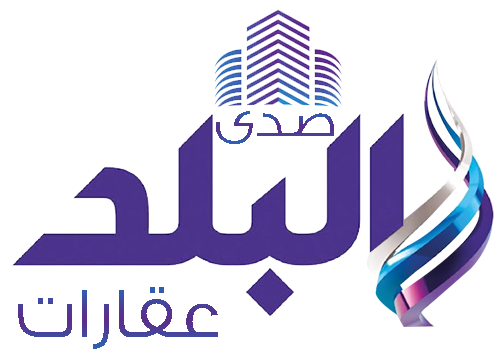The London-based World Gold Council revealed that global demand for gold rose by 3%, reaching 1,249 tonnes in the latest period.
The Council explained in its report that “uncertainty over global trade policies, geopolitical unrest, along with rising prices, have all fueled flows into the precious metal.”
Gold prices experienced a strong surge in late August, climbing to $3,429 per ounce, up 4% during the month and 31% since the beginning of the year.
Monetary Policies and Central Bank Role
According to Sayan Komparov, Director at Ecovat, global monetary policy remains the key driver of gold prices. With governments expanding imbalanced spending and rising public debt levels, central banks are forced to intervene through asset purchases and the issuance of new reserves.
He noted that inflation resulting from such policies raises bond yields while pushing prices lower, worsening investor losses. Central banks then re-intervene by cutting interest rates and injecting more liquidity.
Record-Breaking Trends
Gold shattered records 40 times in 2024 and 26 more times in the first half of 2025, according to analysts at Halyk Finance Bank. The metal surged from $2,500 to $3,000 per ounce in just 210 days, compared to 1,700 days during previous upswings.
Growing Sovereign Demand
For the 15th consecutive year, central banks have remained net buyers of gold, with annual purchases exceeding 1,000 tonnes over the past three years. In 2024, purchases reached 1,045 tonnes, led by Poland, which added 90 tonnes.
In Kazakhstan, the central bank resumed buying this year after three years of sales aimed at diversifying reserves, adding 14.7 tonnes in the first five months of 2025. This lifted Kazakhstan’s reserves to 306.2 tonnes, valued at $32.8 billion out of its total foreign reserves of $52.5 billion.
Gold as a Safe Haven in Times of Crisis
Geopolitical tensions have propelled gold to historic levels. Prices rose to $3,432 per ounce during the escalation of the Iran-Israel conflict in June. Similarly, the G7’s freezing of over $280 billion in Russian assets after the invasion of Ukraine has encouraged governments to lean more heavily on gold as an asset immune to external freezes.
At the same time, China’s holdings of U.S. Treasuries fell to their lowest level since 2009, at $757.2 billion, while the country boosted its gold purchases.
Price Outlook
Analysts at Goldman Sachs forecast that gold will reach $3,700 per ounce by the end of 2025, supported by persistent economic risks and robust demand from both central banks and investors.
Komparov emphasized that gold offers a better balance between risk and return than equities, noting that its price in Kazakhstan’s local currency (tenge) rose 48% in one year and 2,955% over the past 20 years.
Kazakhstan Expands Production
Kazakhstan ranked 14th globally in gold production with 87 tonnes in 2024, compared to 129 tonnes for Uzbekistan and a global lead by China, which holds a 10% share of global output.
The country is preparing to launch 13 new mining and processing projects between 2025 and 2028, with investments of $1.5 billion, expected to add 21 tonnes of Doré gold and create 3,400 jobs.
Over the past decade, Kazakhstan implemented 19 projects in the gold and precious metals sector, with investments totaling $853 million, strengthening infrastructure and boosting investment appeal.












